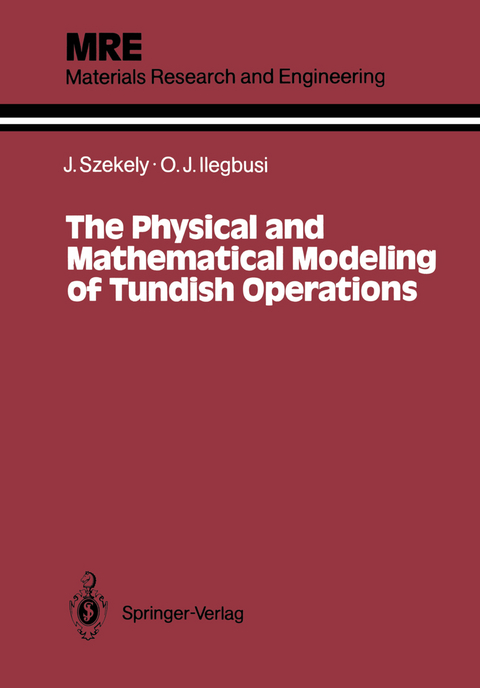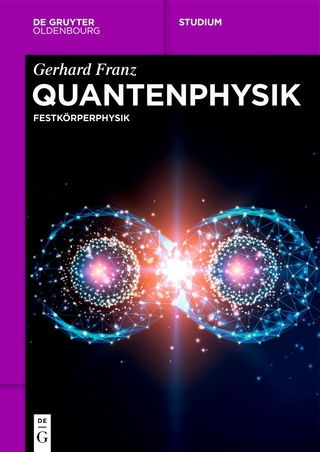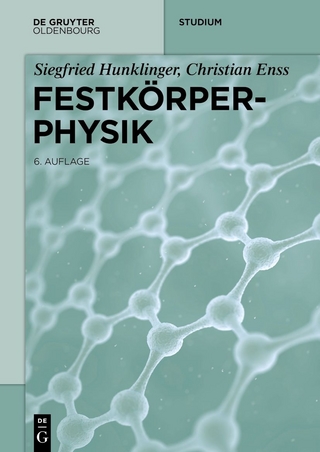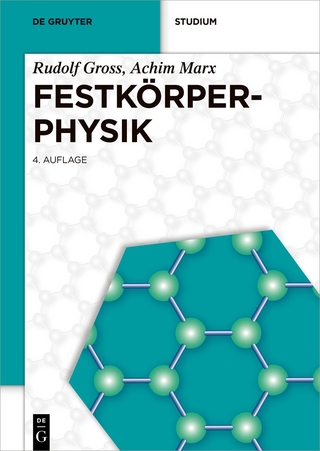
The Physical and Mathematical Modeling of Tundish Operations
Springer-Verlag New York Inc.
978-1-4613-9628-4 (ISBN)
1 Introduction.- 1.1 Introduction.- 1.2 Flotation of Inclusions.- 1.3 Vortexing.- 1.4 Flow Instabilities and Wave Formation.- 1.5 Tundish Metallurgy and Tundish Heating.- References.- 2 Review of Fluid Mechanics Fundamentals.- 2.1 Fluid Flow Regimes: Laminar and Turbulent Flows.- 2.2 The Implication of Fluid Flow Fundamentals to Tundish Design and Operation.- 2.3 Concluding Remarks.- 2.4 Summation.- References.- 3 The Physical Modeling of Tundish Systems.- 3.1 The Principles of Physical Modeling.- 3.2 Continuous Flow Systems and Tracer Studies.- 3.3 Summation.- References.- 4 Computed Results on Tundish Systems.- 4.1 General Formulation of Flow Phenomena in Tundishes.- 4.2 Conventional Tundishes: Fluid Flow, Tracer Dispersion, and Inclusion Behavior.- 4.3 Conventional Tundishes: Heat Transfer.- 4.4 Magnetic Flow Control in Tundishes.- 4.5 Shallow Tundish Behavior.- 4.6 Free Surface Phenomena and Wave Formation.- References.- 5 Concluding Remarks.- 5.1 Main Findings.- 5.2 Strategy for Optimal Tundish Design.
| Reihe/Serie | Materials Research and Engineering |
|---|---|
| Zusatzinfo | 1 Illustrations, black and white; XI, 111 p. 1 illus. |
| Verlagsort | New York, NY |
| Sprache | englisch |
| Maße | 170 x 244 mm |
| Themenwelt | Naturwissenschaften ► Physik / Astronomie ► Festkörperphysik |
| Naturwissenschaften ► Physik / Astronomie ► Thermodynamik | |
| Technik ► Maschinenbau | |
| ISBN-10 | 1-4613-9628-X / 146139628X |
| ISBN-13 | 978-1-4613-9628-4 / 9781461396284 |
| Zustand | Neuware |
| Haben Sie eine Frage zum Produkt? |
aus dem Bereich


